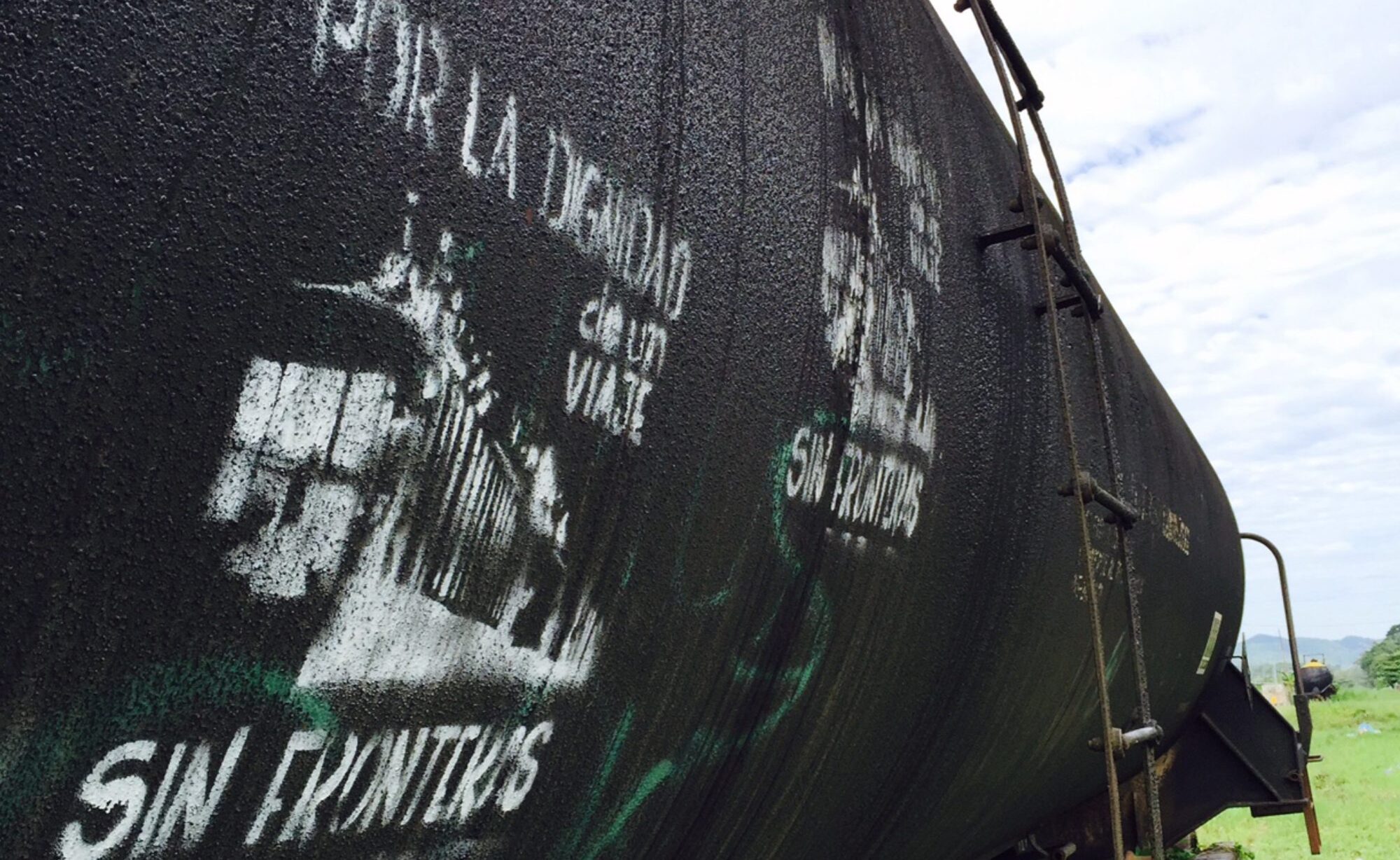I coauthored this piece with Gabriel Schivone.
It was October 2012. Roei Elkabetz, a brigadier general for the Israel Defense Forces (IDF), was explaining his country’s border policing strategies. In his PowerPoint presentation, a photo of the enclosure wall that isolates the Gaza Strip from Israel clicked onscreen. “We have learned lots from Gaza,” he told the audience. “It’s a great laboratory.”
Elkabetz was speaking at a border technology conference and fair surrounded by a dazzling display of technology — the components of his boundary-building lab. There were surveillance balloons with high-powered cameras floating over a desert-camouflaged armored vehicle made by Lockheed Martin. There were seismic sensor systems used to detect the movement of people and other wonders of the modern border-policing world. Around Elkabetz, you could see vivid examples of where the future of such policing was heading, as imagined not by a dystopian science fiction writer but by some of the top corporate techno-innovators on the planet.
Swimming in a sea of border security, the brigadier general was, however, not surrounded by the Mediterranean but by a parched West Texas landscape. He was in El Paso, a 10-minute walk from the wall that separates the United States from Mexico.
Just a few more minutes on foot and Elkabetz could have watched green-striped U.S. Border Patrol vehicles inching along the trickling Rio Grande in front of Ciudad Juarez, one of Mexico’s largest cities filled with U.S. factories and the dead of that country’s drug wars. The Border Patrol agents whom the general might have spotted were then being up-armored with a lethal combination of surveillance technologies, military hardware, assault rifles, helicopters, and drones. This once-peaceful place was being transformed into what Timothy Dunn, in his book The Militarization of the U.S. Mexico Border, terms a state of “low-intensity warfare.”
Read the rest here on TomDispatch, along with Tom Engelhardt’s intro to the piece: http://www.tomdispatch.com/post/175947/tomgram%3A_miller_and_schivone%2C_bringing_the_battlefield_to_the_border
